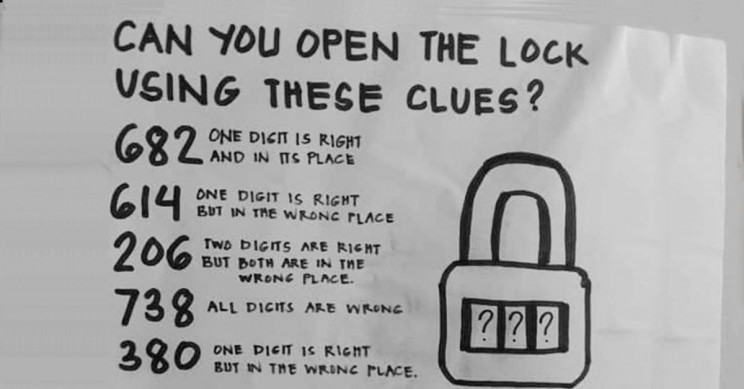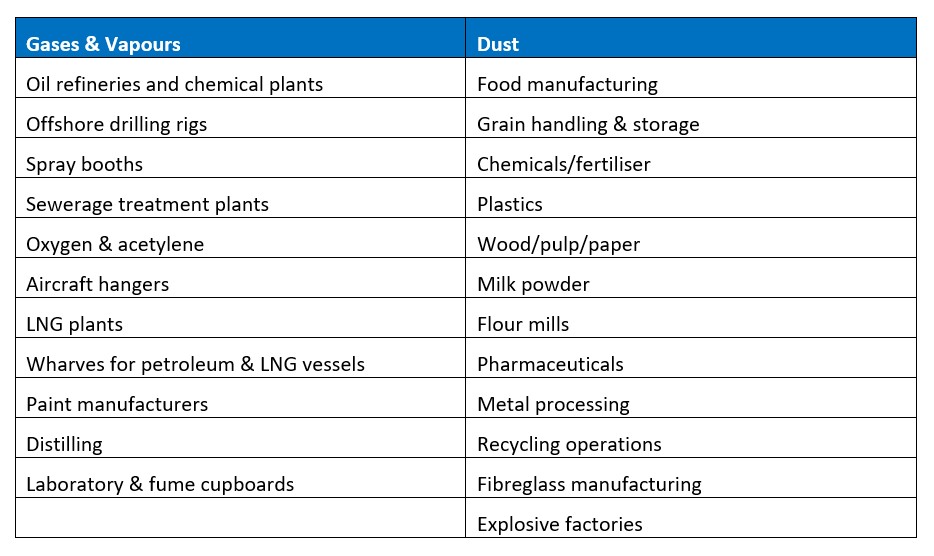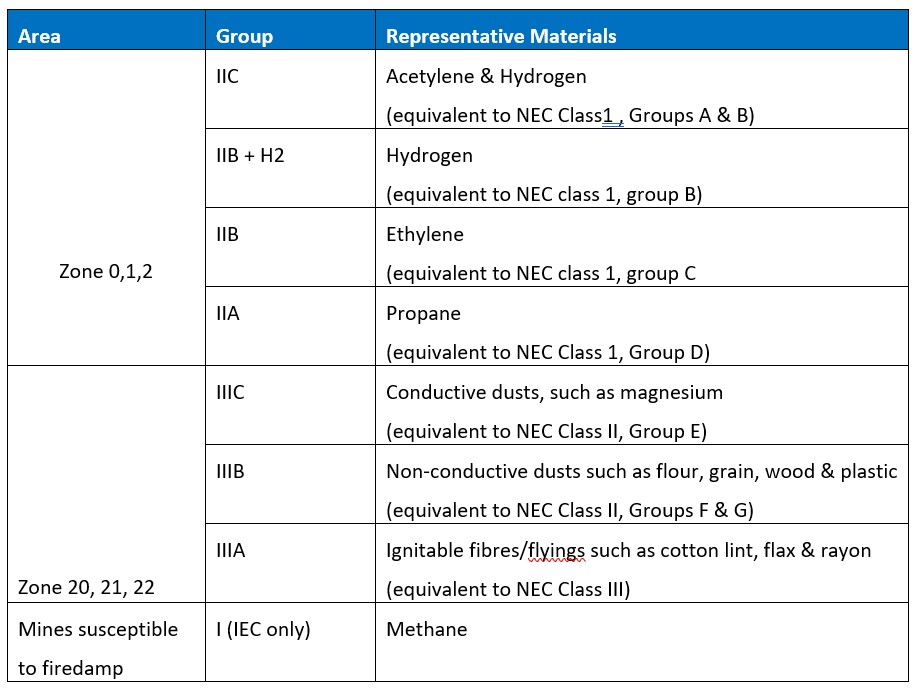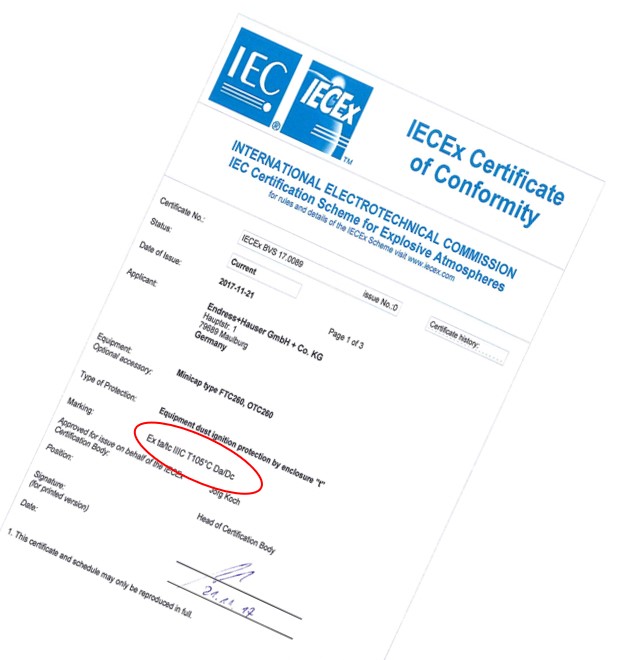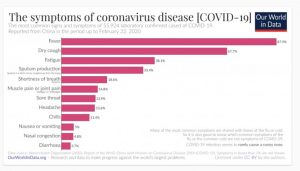Thermal Imaging
One of the tricky things about electrical systems is that you often can’t see faults without taking things apart.
Thermal imaging is a non-intrusive, non-contact method of detecting electrical faults that are hidden to the naked eye. Thermal imaging can be used as a fault-finding measure or as preventative maintenance as it can indicate faults that you may be completely unaware of because electrical systems are largely hidden from view. Heat is often an early symptom of equipment damage or malfunction, making it important to monitor in preventative maintenance programmes.
Thermal imaging can reduce the likelihood of unplanned downtime due to equipment failure, reducing the costs of reactive maintenance and unplanned downtime. It can also help extend the lifespan of your assets.
Thermal imaging detects infrared radiation from an object. Based on the amount of energy detected it works out the temperature. This is translated into an electronic picture or thermograph which will highlight a warm object against the cooler area around it.
Thermal images can be greyscale with cold objects depicted as black, warmer ones as tones of grey and hot ones as white or the thermal camera can add colour with reds, yellows and oranges showing the warmer objects and greens, blues and purples and blacks showing the cooler ones.
There are 3 typical methods of thermal inspection:
- Baseline thermography Equipment is scanned when it is first commissioned or later in the lifecycle when it is operating as it should. This is then used as a point of reference for future inspections.
- Thermal trending Once a baseline has been set, thermal trending inspections can be undertaken to compare how temperature is distributed in the same components over time. This can help detect declining performance so you can schedule downtime maintenance before you have an equipment failure.
- Comparative thermography
Similar components are scanned with a thermal camera under similar conditions and the results are compared. This method relies on the idea that you can expect similar or identical components under similar loads to have similar temperature profiles. Once you have three or more components its relatively easy to pick up an anomaly.
What can you check with thermal imaging
- Electrical Panels:
Thermal images are an easy way to identify apparent temperature differences in industrial three-phase electrical circuits. By inspecting the thermal gradients of all three phases side by side, technicians can quickly spot performance anomalies on individual legs due to unbalance or overloading. Thermal images should be taken of all electrical panels and other high load connection points such as drives, disconnects, controls etc. Ideally electrical devices should be checked when they’re fully warmed up and at steady state conditions with at least 40% of a typical load. That way measures can be properly evaluated and compared to normal operating conditions.What to look for:
Equal load should equate to equal temperatures. In an unbalanced situation, the more heavily loaded phases will appear warmer than the others due to the heat generated by resistance.
- Roller, chain and belt conveyors
Thermal imaging is especially useful for monitoring low-speed mechanical equipment like conveyors. Overheating signals the impending failure of many different electrical and mechanical conveyor components, from motors, gearboxes and drive to bearings, shafts and belts.What to look for:
Any hot spots, paying special attention to differences in temperature of similar components operating under similar conditions. For some conveyor components such as drives, thermal imaging complements other condition monitoring technologies such as oil analysis, vibration monitoring and ultrasound.
- Motors & Drives:
Ideally motors should be checked when they are running under normal operating conditions. Thermal cameras can capture temperatures at thousands of points at once, for all of the critical components – the motor, shaft coupling, motor and shaft bearings and the gearbox.What to look for:
All motors should list the normal operating temperature on the nameplate. While the thermal camera can’t see inside the motor the exterior surface temperature is an indicator of the internal temperature. As the motor gets hotter inside it also gets hotter outside. This will help identify where further investigation is required into the cause of the overheating such as inadequate airflow, impending bearing failure, shaft coupling problems and insulation degradation in the rotor or stator of the motor.
- Steam systems:
Thermal images of steam systems compare the temperatures of system components which indicates how effectively and efficiently they are operating. Using a combination of ultrasound and thermal inspections significantly increases the detection rate of problems in steam systems.What to look for:
Steam traps are valves designed to remove condensate as well as air from the system. During inspections, both thermal and ultrasonic testing should be used to identify failed steam traps and whether they have failed open or close. In general, if a thermal image shows a high inlet temperature and low outlet temperature (<100°C) that indicates that the trap is functioning correctly. If the inlet temperature is significantly less than the system temperature, steam is not getting to the trap.
The EAS are highly skilled in carrying out thermal imaging. To check the condition of your vital equipment get in touch with the EAS team today on 07 834 0505 or [email protected].


